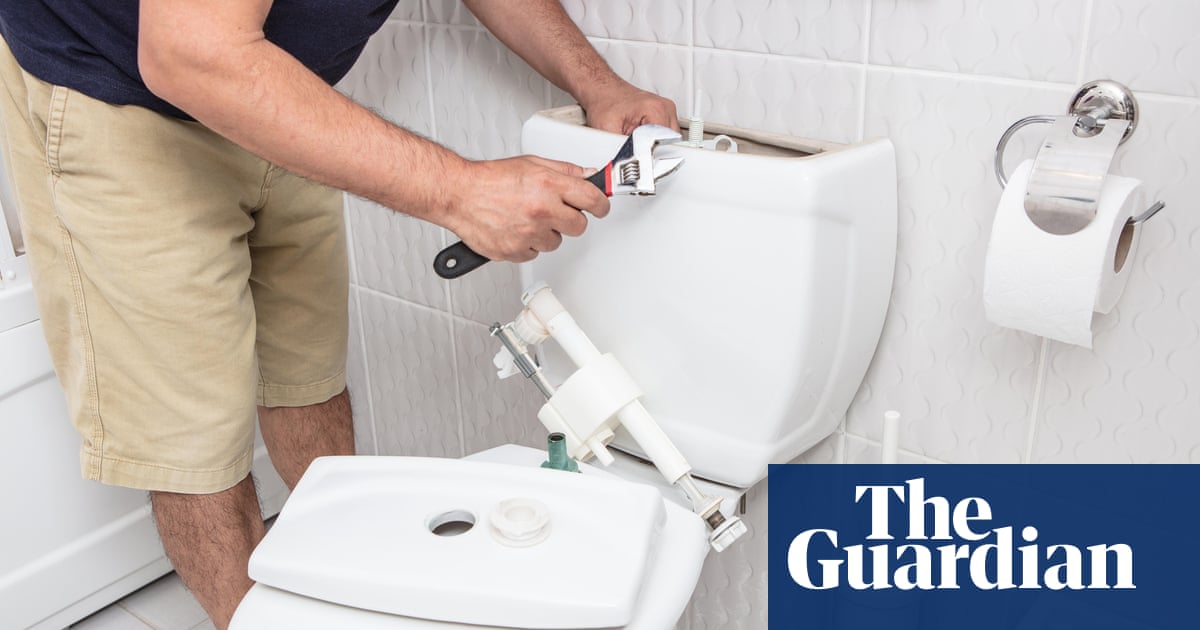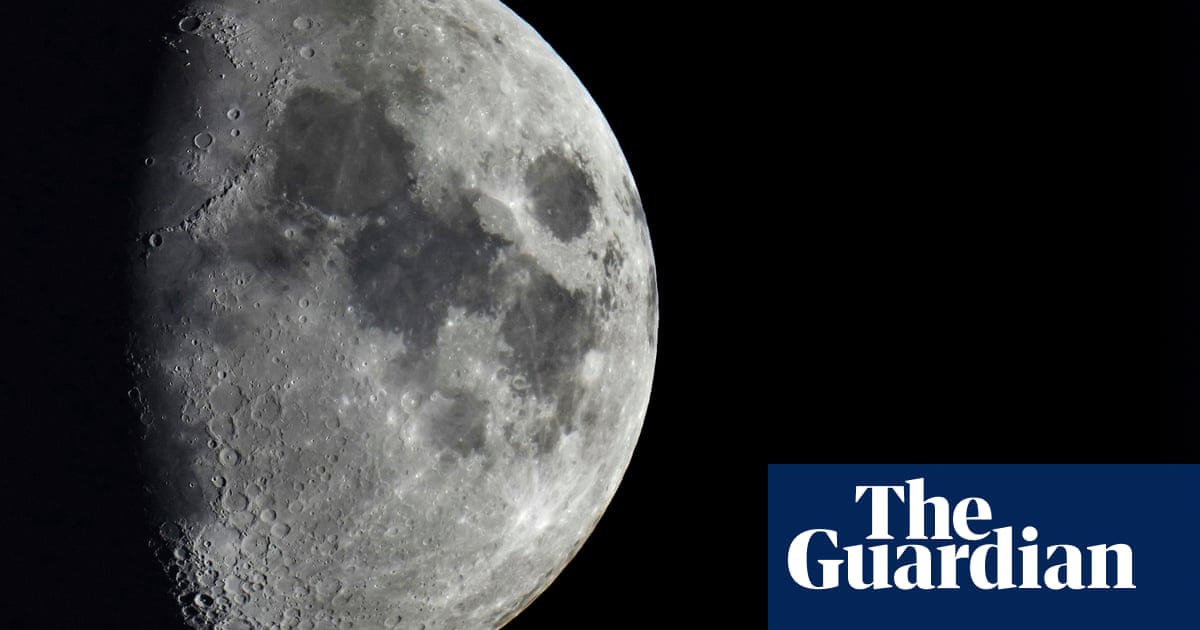
Scientists have created the most water-resistant surface in the world, a development which could banish household tasks and revolutionise industry.
A research team in Finland, led by Robin Ras, from Aalto University, and aided by researchers from the University of Jyväskylä, has developed a mechanism to make water droplets slip off surfaces with unprecedented efficacy.
Cooking, transportation, optics and hundreds of other technologies are affected by how water sticks to surfaces or slides off them, and adoption of water-resistant surfaces in the future could improve many household and industrial technologies, such as plumbing, shipping and the auto industry.
The research team created solid silicon surfaces with a “liquid-like” outer layer that repels water by making droplets slide off surfaces. The highly mobile topcoat acts as a lubricant between the product and the water droplets.
The discovery challenges existing ideas about friction between solid surfaces and water, opening a new avenue for studying slipperiness at the molecular level.
Sakari Lepikko, the lead author of the study, which was published in Nature Chemistry on Monday, said: “Our work is the first time that anyone has gone directly to the nanometer-level to create molecularly heterogeneous surfaces.”
By carefully adjusting conditions, such as temperature and water content, inside a reactor, the team could fine-tune how much of the silicon surface the monolayer covered.
Ras said: “I find it very exciting that by integrating the reactor with an ellipsometer, that we can watch the self-assembled monolayers grow with extraordinary level of detail.
“The results showed more slipperiness when SAM [self-assembled monolayer] coverage was low or high, which are also the situations when the surface is most homogeneous. At low coverage, the silicon surface is the most prevalent component, and at high, SAMs are the most prevalent.”
Lepikko added: “It was counterintuitive that even low coverage yielded exceptional slipperiness.”
Using the new method, the team ended up creating the slipperiest liquid surface in the world.
According to Lepikko, the discovery promises to have implications wherever droplet-repellent surfaces are needed. This covers hundreds of examples from daily life to industrial environments.
“Things like heat transfer in pipes, de-icing and anti-fogging are potential uses. It will also help with microfluidics, where tiny droplets need to be moved around smoothly, and with creating self-cleaning surfaces. Our counterintuitive mechanism is a new way to increase droplet mobility anywhere it’s needed,” Lepikko said.
The team now plans to continue experimenting with the setup of the self-assembling monolayer and improve the layer itself.
“The main issue with a SAM coating is that it’s very thin, and so it disperses easily after physical contact. But studying them gives us fundamental scientific knowledge which we can use to create durable practical applications,” Lepikko said.
Researchers from Aalto University have previously developed water-repellent technologies. In 2020 they developed an armour-plated superhydrophobic surface, a highly effective material used in medical settings to repel water, thus preventing the spread of bacteria, viruses and other pathogens.
Superhydrophobic surfaces can be damaged easily, which significantly diminishes their effectiveness. The armour plating developed by the research team made such surfaces more durable, further preventing the spread of pathogens.












